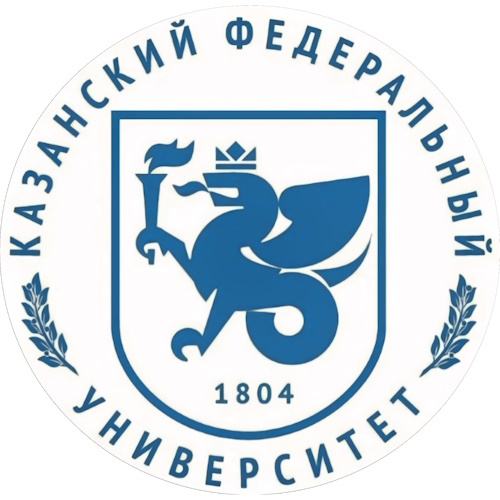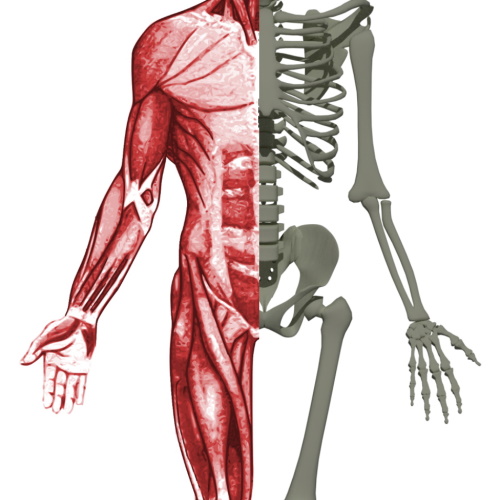Extraocular muscles (EOMs) are a fascinating anomaly in the human body. Unlike the majority of skeletal muscles that are susceptible to various diseases and the inevitable wear and tear of aging, EOMs display a remarkable resilience. These six muscles, responsible for the intricate and precise movements of our eyes, possess unique characteristics that have captivated researchers for years. Understanding the mechanisms behind their exceptional durability could potentially unlock groundbreaking advancements in muscle biology and regenerative medicine.
Extraocular muscles (EOMs)
Extraocular muscles are a specialized group of muscles that control eye movements. Located around the eyeball, these muscles consist of six primary muscles: the superior, inferior, lateral, and medial rectus muscles, and the superior and inferior oblique muscles. Additionally, the levator palpebrae muscle controls eyelid movement.
EOMs are unique because they are the fastest and most fatigue-resistant muscles in the human body. Unlike other skeletal muscles, EOMs are innervated by cranial nerves, specifically the oculomotor, trochlear, and abducens nerves, rather than motor neurons from the spinal cord. This distinct innervation pattern allows for precise and rapid eye movements essential for activities like reading, tracking objects, and maintaining stable vision.
One of the most intriguing aspects of EOMs is their remarkable resistance to muscular dystrophies and aging. They retain embryonic myosin heavy-chain isoforms into adulthood, contributing to their continuous ability to repair and regenerate. EOMs also exhibit a high nerve fiber-to-muscle fiber ratio and specialized neuromuscular junctions, which further enhance their performance and endurance.
Molecular and Cellular Mechanisms of Extraocular muscles
Extraocular muscles are exceptional because they express a variety of myosin heavy-chain (MyHC) isoforms. These isoforms are crucial for the muscles' contractile properties and overall function. MyHCs are motor proteins that interact with actin filaments to generate force and movement in muscle cells. The presence of diverse MyHC isoforms in EOMs, including embryonic forms retained into adulthood, significantly influences their unique characteristics.
During development, muscle fibers express specific embryonic and neonatal MyHC isoforms, such as MyHCemb and MyHCneonatal. These isoforms typically disappear after birth in most skeletal muscles, replaced by adult isoforms tailored for mature muscle function. However, in EOMs, these embryonic isoforms persist into adulthood. The retention of these forms suggests a continual state of plasticity and adaptability, contributing to the muscles' ability to repair and regenerate more efficiently than other skeletal muscles.
Innervation and Neuromuscular Junctions
The innervation of extraocular muscles (EOMs) is distinct from that of other skeletal muscles. This distinctiveness lies in the exceptionally high ratio of nerve fibers to muscle fibers found in EOMs. Typically, EOMs have a ratio that ranges from 1:3 to 1:5, which is significantly higher than the 1:50 to 1:125 ratio observed in other skeletal muscles. This high nerve fiber-to-muscle fiber ratio enables EOMs to achieve precise control over eye movements.
EOMs possess specialized neuromuscular junctions (NMJs) that are crucial for their function. These junctions are the sites where nerve fibers communicate with muscle fibers to initiate contraction. In EOMs, there are two primary types of NMJs:
- En Plaque Endings: These are single, broad, plate-like structures that typically innervate fast-twitch muscle fibers, which are responsible for quick, short bursts of movement.
- En Grappe Endings: These are multiple, small, grape-like clusters of nerve endings that innervate slow-twitch muscle fibers, which are involved in sustained, tonic contractions.
The specialized NMJs in EOMs contribute to their unique functional capabilities such as rapid eye movement and reduced fatigue.
Metabolic and Antioxidant Strategies
EOMs primarily use aerobic metabolism, relying on glucose directly from the blood. They have high mitochondrial content, supporting their energy demands and resistance to fatigue. EOM metabolism is optimized to prevent damage from reactive oxygen species, thanks to high levels of antioxidant enzymes.
EOMs resist various muscular dystrophies and conditions like amyotrophic lateral sclerosis (ALS). This resilience is partly due to a high number of satellite cells, which facilitate continuous muscle remodeling. Even as they age, these progenitor cells remain active, maintaining muscle health. This combination of efficient energy use and robust cellular repair mechanisms makes EOMs uniquely resistant to degeneration and disease.
Potential for Therapeutic Strategies
Understanding the resilience of EOMs can provide insights into treating other muscular diseases. Their unique properties and resistance mechanisms offer potential pathways for developing new gene and cell therapies.
EOMs are a remarkable model of muscle resilience. Their unique structure, molecular composition, and metabolic strategies make them resistant to many diseases and the effects of aging. Studying these muscles can pave the way for new treatments, offering hope for those with muscular dystrophies and other muscle-related conditions. As research continues, EOMs may unlock secrets that can benefit muscle health for everyone.
The study, led by Prof. Oleg Gusev from Kazan Federal University, is published in the journal International Journal of Molecular Sciences.







